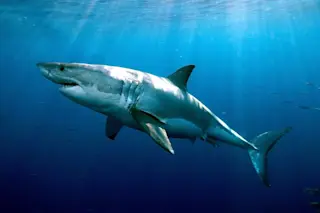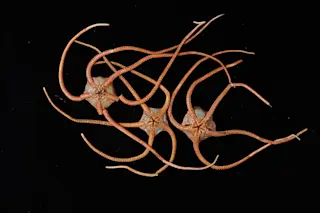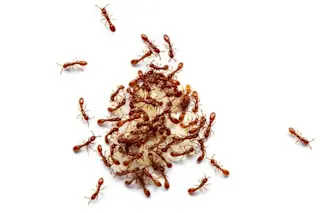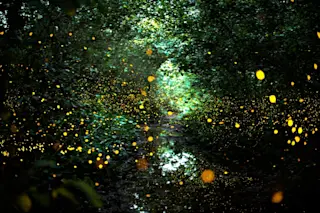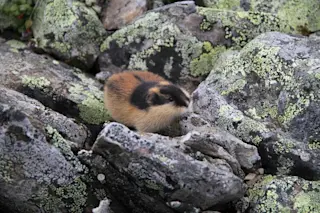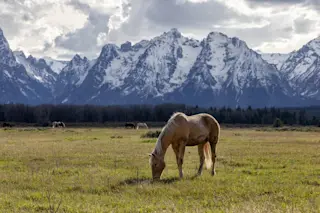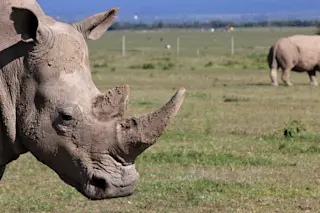A five-ton African elephant would seem to have little in common with an aardvark or a manatee, and still less with the nine-inch African golden mole. Yet despite the enormous differences in appearance, new research shows that all four are surprisingly close relatives. In fact, says Mark Springer, an evolutionary biologist at the University of California at Riverside, they are more closely related to one another than a golden mole is to a common mole. Springer’s research is prompting biologists to reconsider the ancestry of these and many other mammals.
Until recently, biologists relied largely on anatomic features to classify animals. Researchers thus grouped hedgehogs, shrews, African golden moles, and common moles--small animals with snouts adapted for eating insects--in the same mammalian order, the Insectivora. These creatures are thought to be among the most primitive mammals, emerging shortly before the death of the dinosaurs 65 million years ago. But as Springer points out, appearances can be deceptive. Many animals resemble each other not because they share a common ancestor but because they have adapted to similar lifestyles. Long snouts for sniffing out insects, for example, have probably evolved many times in unrelated animals.
Springer probed beneath surface appearances by studying five particular genes in dozens of different mammals. His goal was to measure how the sequence of nucleotides--the DNA building blocks of genes--differed from animal to animal. Animals that share a recent common ancestor would have more nucleotide sequences in common than would more distantly related animals.
Of the animals he studied, the most closely related turned out to be elephants, aardvarks, manatees, golden moles, elephant shrews, and hyraxes--small rabbitlike animals of Africa and Asia. Far less similar were the animals that had been considered relatives of golden moles--shrews, common moles, and hedgehogs. The genetic evidence also shows that elephant shrews, thought to be most closely related to rabbits and rodents, are nearer to aardvarks and elephants.
Based on the genetic differences he observed, Springer estimates that the common ancestor of all these animals lived about 80 million years ago, probably in Africa, since that is where the earliest fossils of members of these six groups have been found. He speculates that it might have looked something like a modern shrew: small, furry, and rodentlike. Its homeland was an island--Africa formed a land bridge with Europe and Asia only about 60 million years ago.
This bridge, says Springer, obscured the connection among manatees, elephants, and the other unlikely relatives he studied. Had Africa remained an island like Australia, we would have little trouble discerning the similarities among these animals, just as we can clearly see that Australian marsupials such as kangaroos and koalas have much in common. But the land bridge allowed European and Asian mammals to migrate into Africa, and African mammals to exit. Some of these African arrivistes evolved to resemble unrelated indigenous species. The erstwhile Africans, meanwhile, spread out into Europe, Asia, and North America, adapting over tens of millions of years to occupy habitats vacated by dinosaurs. Because Africa did not remain isolated, the picture became more muddled and clouded than what’s happened in Australia, says Springer. So it’s been hard to recognize that there’s this endemic African group.
His research also confounds some earlier ideas on where these mammals first originated. Most paleontologists have assumed that elephants branched off from primitive Asian or European hoofed animals. The conventional view would be that 60 million years ago or so an ancestral stock came into Africa, and that’s probably what gave rise to things like the elephants and manatees, says Springer. However, it would appear that the ancestor was present in Africa as much as 80 million years ago. How it got there is still an open question.



